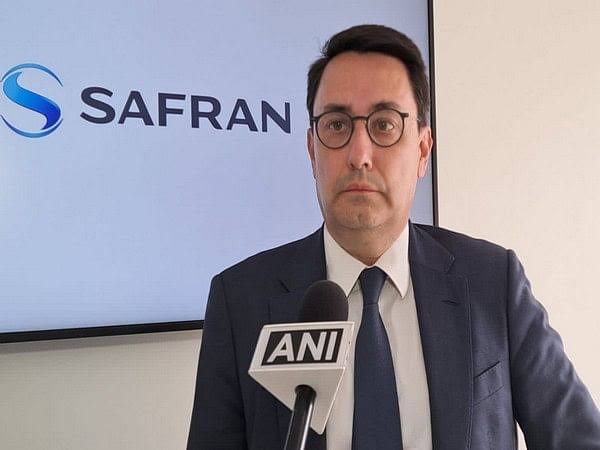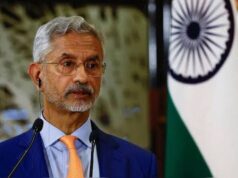Safran to increase its employees in India to 6000 in coming years

French defence major Safran Group has big plans for business in India as it is setting up a production facility in Hyderabad to produce parts and components for advanced aircraft engines with an investment of Euro 36 million.
It is also into a big-ticket joint venture with state-run aerospace major HAL in Bangalore to produce engines for helicopters. The French giant is also setting up an MRO facility for Indian and foreign commercial aircraft.
The MRO (maintenance, repair and overhaul) facility to be established in Hyderabad through the foreign direct investment of USD 150 million will be for the LEAP-1A and LEAP-1B engines being used in aircraft by both Indian and foreign commercial airlines.
Safran which offers a wide range of defence systems and equipment, deployed by armies, navies and air forces from around the world to protect nations highlighted India’s growth and said that it will be quadrupling its employees in the country.
In an exclusive interview, Alexandre Ziegler, Executive Vice President of Defence Division Safran Electronics and Defence said, “India is already one of the most important economies in the world.
It going to grow in the coming years and we are going to increase our employee strength quadruple in the coming years. I’ve been knowing India and visiting India for years I lived in India. I could experience the energy of this country.”
Ziegler who was also French Ambassador to India said that currently Safran has 1,000 employees in India and this number is going to quadruple in the next few years and will be increased to 4000 progressively, and 5,000 to 6,000 in the coming years.
“We’ve made a strategic shift to a strategic bet on India. We are building one of our largest manufacturing hubs including.
Our largest MRO centre for aircraft engines in the world, which will be progressively built in India late next year. So that’s for the industrial part,” said Ziegler.
He said that Safran is putting more and more emphasis on engineering in India so that it can develop and co-develop new products.
Safran wants to be part of the strategic autonomy being developed by India. So it is ready to not only provide India with new systems, especially in the defence, but also co-developing new things with India.
Ziegler mentioned two projects that it wants to co-develop with India. “One is on fighter jet engines which only four to five countries in the world can manufacture currently.
The next one we would love to partner with India so we can develop together an Advanced Medium Combat Aircraft (AMCA) which will put India in a select group of countries with super-cruise and stealth aircraft capabilities.”
“We are probably the only company in the world to be able to propose this partnership with India. It speaks volumes about how high is India on our strategic priorities,” he added.
Ziegler also talked about the inertial navigation system (INS), a self-contained navigation technique in which measurements provided by accelerometers and gyroscopes are used to track the position and orientation of an object relative to a known starting point, orientation and velocity.
“We are also working with India on inertial navigation. We’ve been battling for years in inertial navigation. India’s inertial navigation is one of the key assets that helps you to navigate in GNSS-denied environments so when GPS is jammed, for instance, these are very state-of-the-art and very specific kinds of devices. I could name two or three more examples of equipment on which we want not only to manufacture in India, not only to export from India but really to develop and co-develop with India’s indigenous system.”




